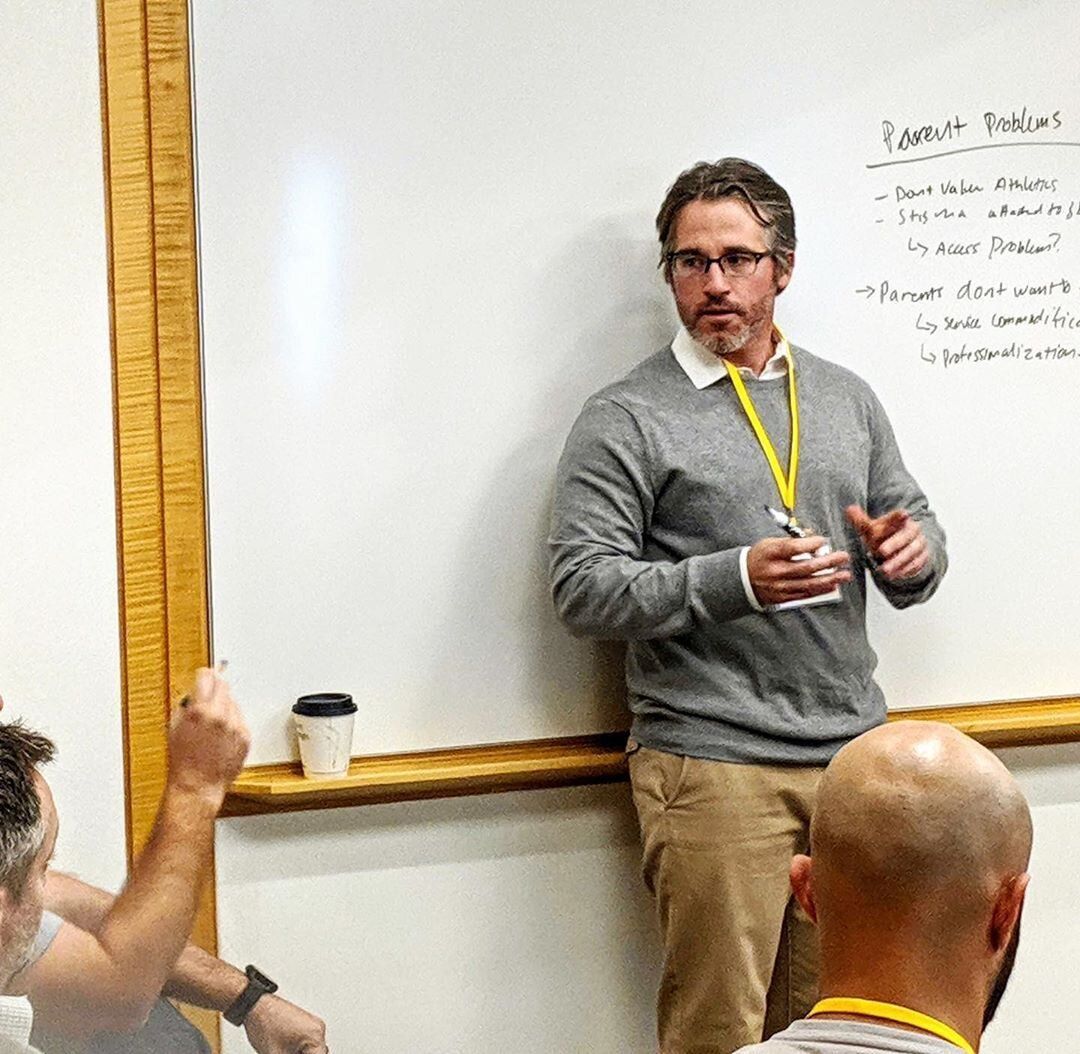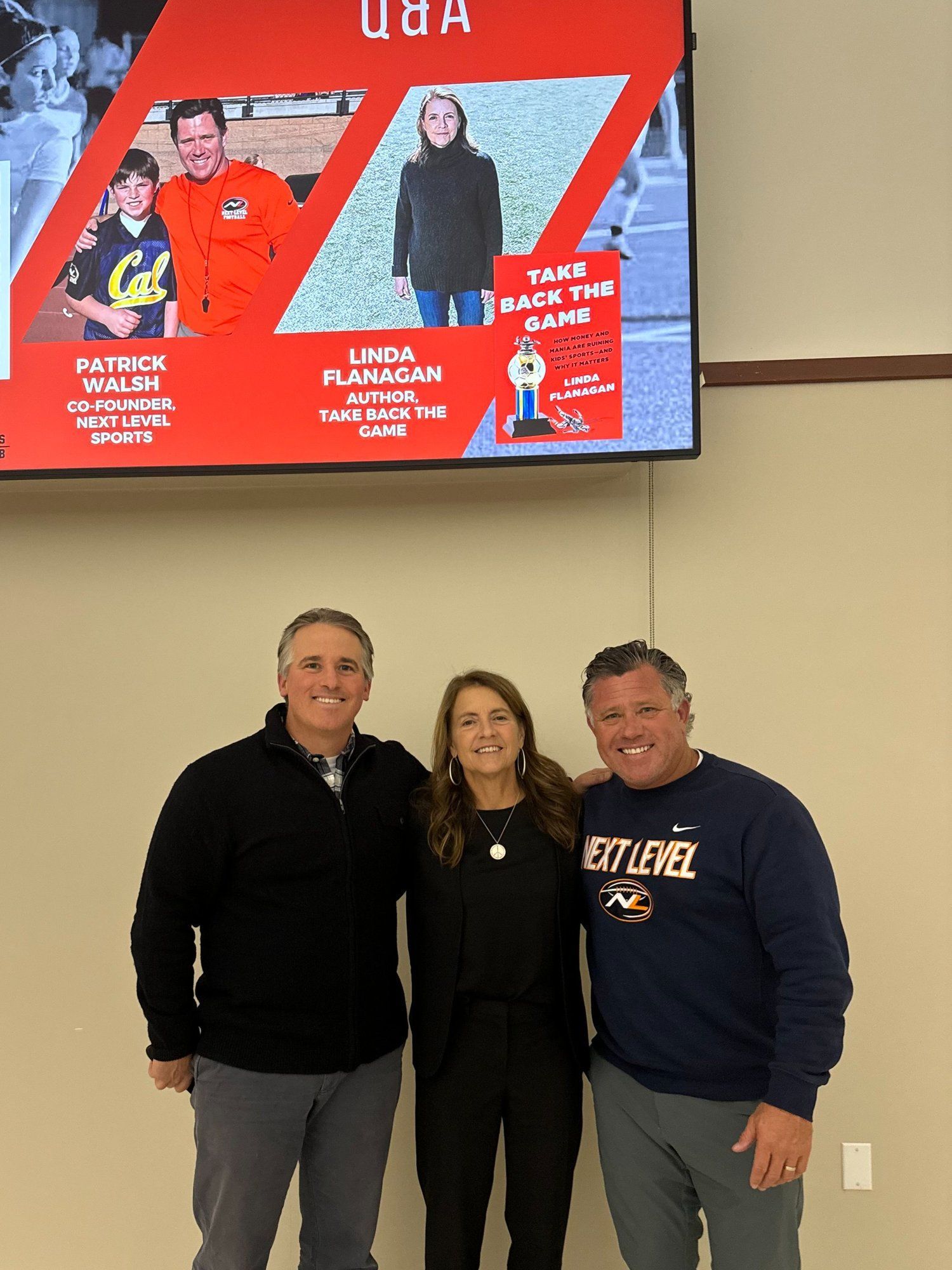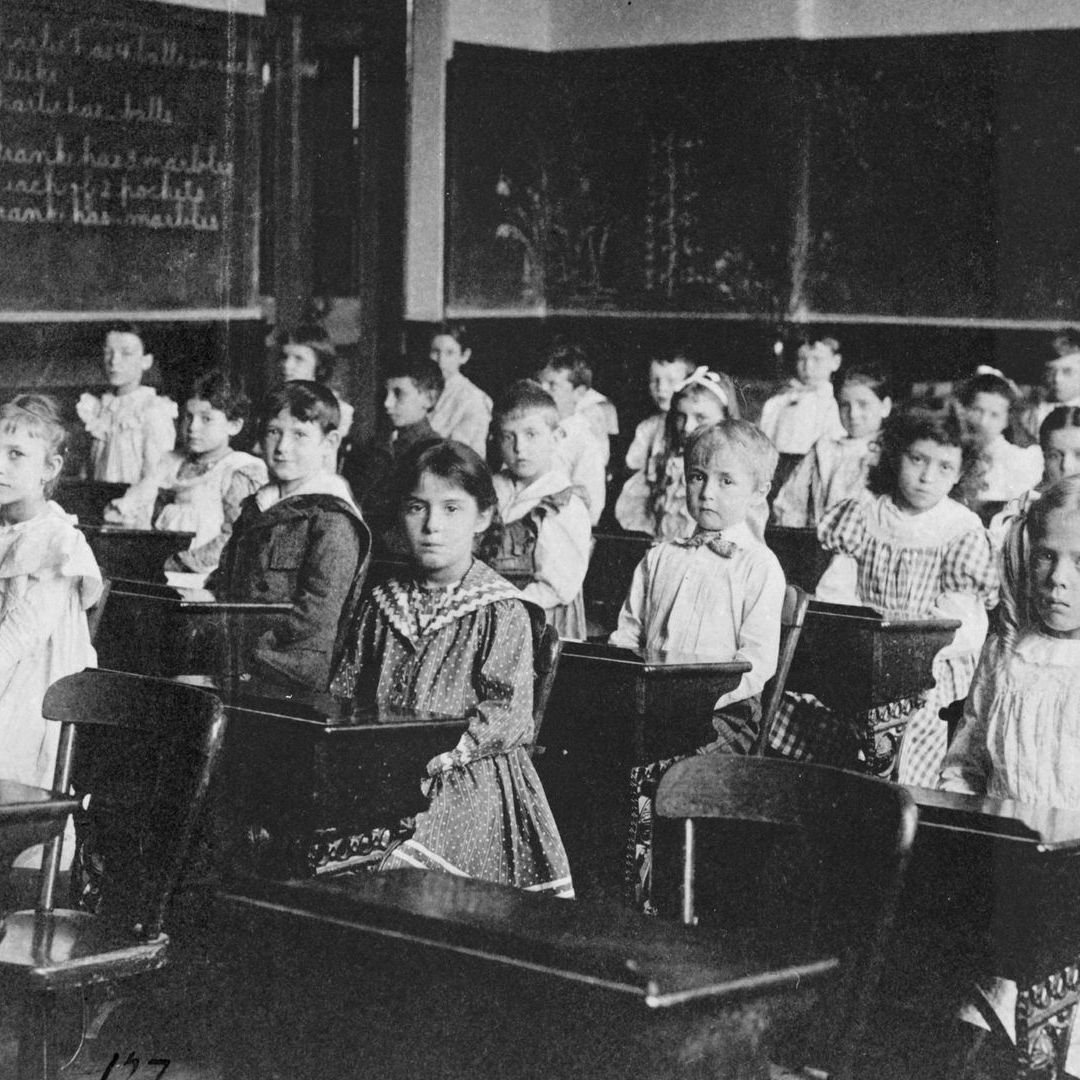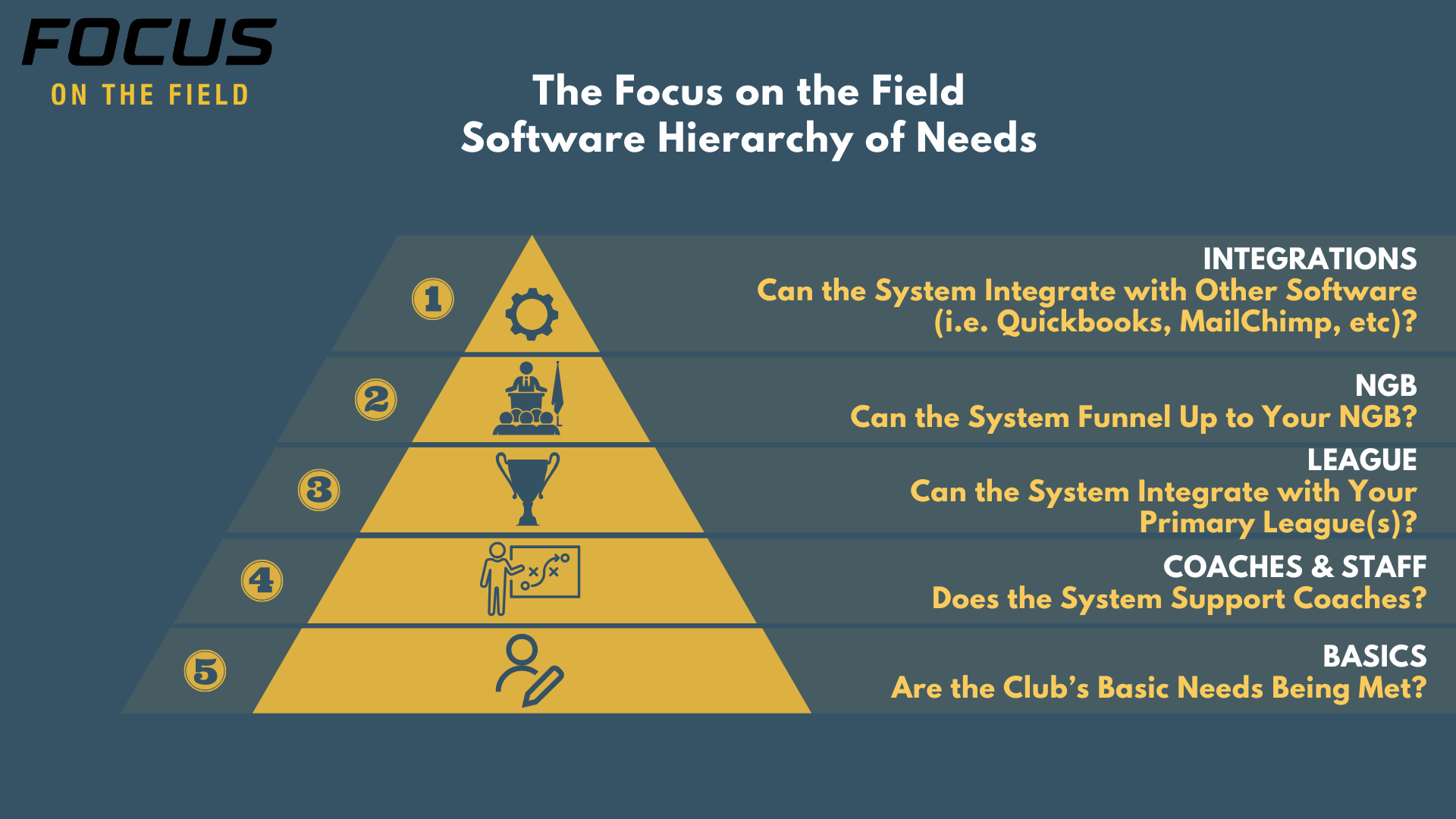Series: ‘A Note to Parents’ - The Structure Should Match the Kids

In this series of posts, published by our CEO Tyler Kreitz when he was the COO of ADVNC Lacrosse, Tyler sheds light on pressing issues facing families in youth sports. Not only does Tyler provide valuable insight on these issues from top researchers in the space, but also tangible solutions to instill positive change in the youth sports ecosystem coming out of the COVID-19 pandemic.
12/19/19
Dear Parents,
At the beginning of last month, in early November, I went back to New York City to be on a panel titled ‘Designing for Impact’ at the Next Up Sports Conference . The conference was put on by LeagueApps and sought to bring folks in the burgeoning youth sports industry together to address the challenges and issues youth sports face, while also coming up with creative solutions. My session had three of us. Tom Farrey, the Director of the Aspen Institute’s Sports and Society Program ; Shannon Shneeman, the Executive Director of America SCORES, New York , and me. Needless to say, I was nervous to share the dais with these two and their broad swath of experience and knowledge.
In spite of the nerves and a bit of jet lag, our panel went over well as we engaged and challenged our attendees to come up with tangible solutions to the issues facing youth sports. A lot of talk centered around attrition and kids leaving sports too early- an issue that the Aspen Institute and ESPN recently brought attention to with the Don’t Retire Kid campaign. The reasons for kids leaving sports vary, though much of it centers around early specialization and kids getting burned out through an overly structured and intense experience.
These conversations lasted beyond the panel and well into the conference happy hour, where the conversations grew in proportion with the bar tab. It was there that a few executives from Major League Soccer and I compared notes on the soccer and lacrosse worlds, specifically around the US Soccer Development Academies . During the conversation they shared with me the process of Deselection in competitive youth soccer and how it is causing kids to walk away from the sport at a young age.
Deselection is exactly what it sounds like, where kids as young as 10 who had previously been selected as elite are subsequently ferried out of elite soccer training pathways based on the evaluations and judgements of trusted adults. These evaluations are not willy-nilly nor are they without thought, they are rigorously structured to eliminate as much politicking as possible so that the adults can determine which kids get to continue their intense elite development and which do not. Not surprisingly, many kids who are ‘deselected’ from elite soccer end up retiring altogether instead of continuing to play the sport.
As the folks from MLS and I discussed this process I couldn’t help but step on the soap box. This whole process seemed nuts and it sure wasn’t producing the results US Soccer wanted, especially given how spectacularly US Soccer failed leading to the last men’s World Cup. Plus we were talking about evaluating 10 year olds. 10 year olds whose athletic development was being predicted as if it were fact. Regardless of how structured the process was or how many checkboxes the coaches had, it’s awfully difficult to predict what happens when growth spurts happen, or don’t.
In addition to the deselection process throwing out a lot of babies with the bathwater, the whole US soccer structure forced young kids to specialize at a really, really young age. This specialization not only puts more wear and tear on kids bodies and minds, it leads to physical and emotional burnout - a side effect recently studied by the National Association of Athletic Trainers and brought to light by Lebron James and Kobe Bryant . Not to mention, it hinders the natural athletic development acquired by playing different sports.
While sharing these critique’s with my new soccer friends there was a bit of schadenfreude in pointing out the cracks in the US Soccer system. Surely lacrosse could and would do better and we at ADVNC were proof! We encourage kids to play multiple sports, we focus on continual player development and we make Fun one of our top goals.
I then remembered that the following weekend I would be heading to our ADVNC National Development Program (NDP) training camp. The camp where we at ADVNC selected kids as young as 11 years old from our already select organization for even more intense training and specialization. My soap box crumbled a bit as it seemed like we again found ourselves in the position of contributing to a problem we are trying to fix.
When I returned back to the office later that week I brought up this conversation with Chris Rotelli and the NDP Director Greg Weigel and posed the questions - Were we demotivating kids with the NDP process? Were we forcing kids to specialize? Were we burning kids out emotionally and physically? Were we excluding kids who were late bloomers? These questions were easy for us to answer in terms of of our intention (No, no, no, no) but forced us to focus on the unintended repercussions of having an NDP.
In doing so we found models of successful youth sports programs that were adopting a more holistic, developmental approach to elite training programs. Ironically, one of the most successful models was from the Swedish soccer club AIK Stockholm . Led by Irishman Mark O’Sullivan, he described the clubs focus to Irish Examiner reporter Kieran Shannon as being “one where the structure now matches the needs of the kids, rather than the kids having to match the needs of the structure”.
As we grow as an organization that structure seems like the best one to build off of.
Until next time-
Tyler











